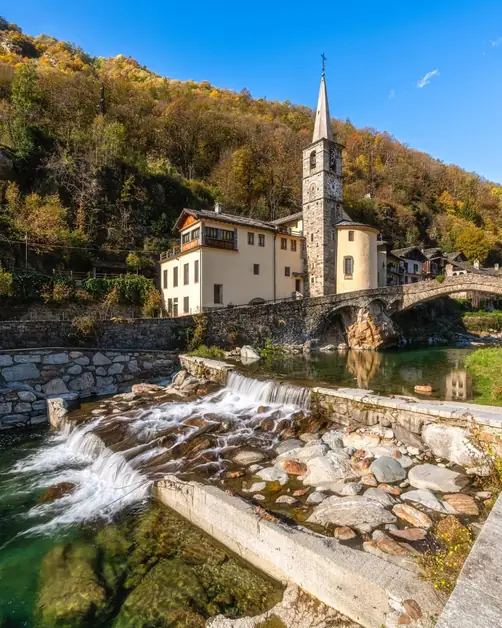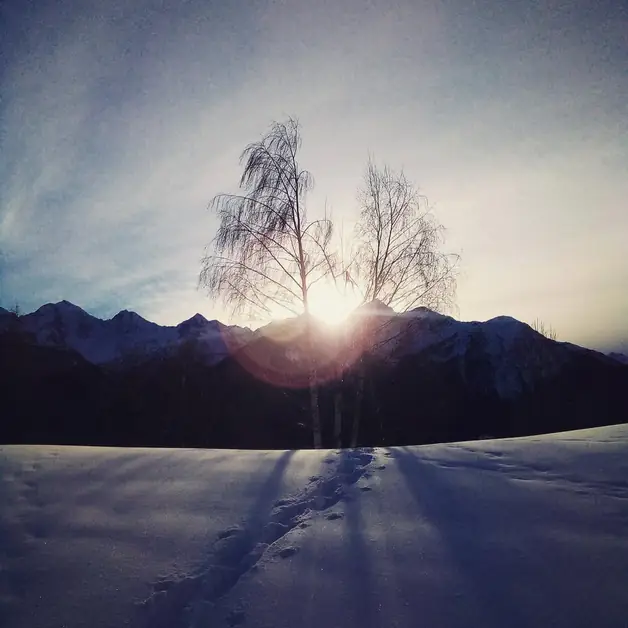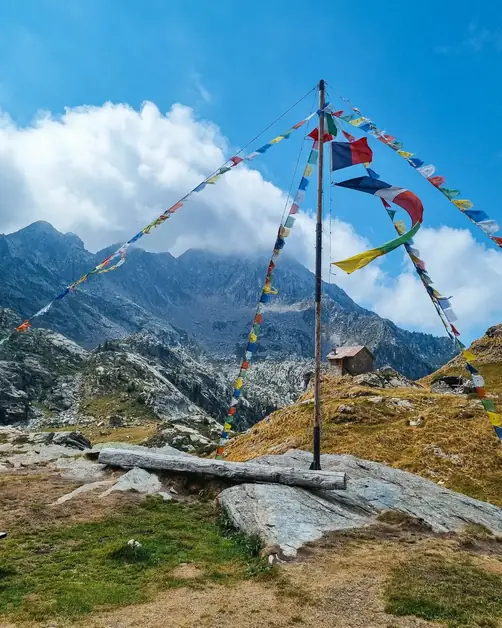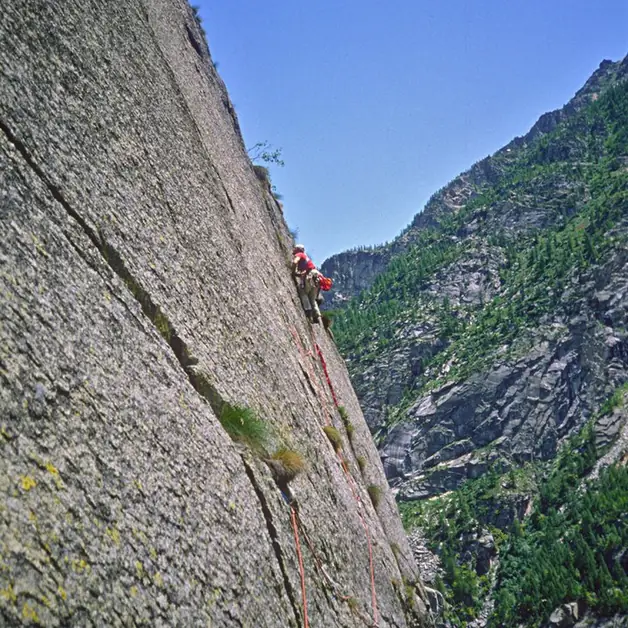The enchanting Lei Long lakes and their beauty
The Lei Long lakes offer breathtaking landscapes and unique flora.
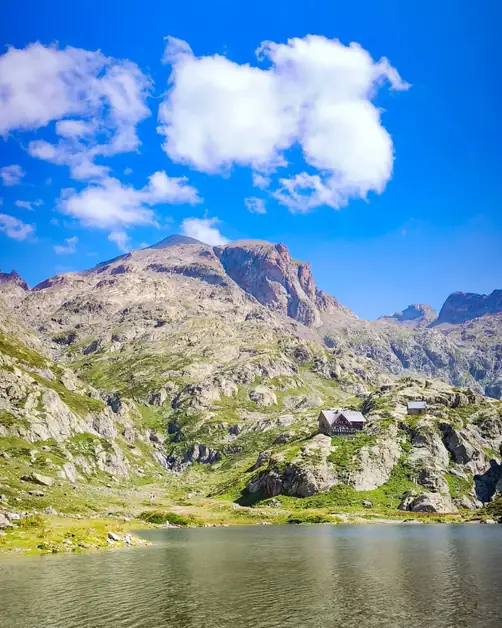
Where are the Lei Long lakes and why are they so special?
The Lei Long Inferior and Superior lakes are located in the heart of the Mont Mars Nature Reserve, in the territory of Fontainemore, in Aosta Valley. Situated at altitudes of 1901 and 1925 meters respectively, they are two small glacial basins that offer extraordinary natural beauty. Surrounded by alpine pastures, rocks, and flowering meadows, they represent one of the most fascinating destinations for those who love hiking, nature photography, and the silence of unspoiled mountains. Their location, at the foot of Monte Mars and Punta Lei Long, provides a panorama of great suggestion: an environment where nature is the absolute protagonist and where the water reflects the intense colors of the sky and mountains.
What characteristics do the Lei Long Inferior and Superior lakes have?
Both lakes are of glacial origin, born from the slow retreat of glaciers that once shaped this part of Aosta Valley. The Lei Long Inferior Lake extends over an area of about 6,080 square meters, while the Lei Long Superior covers about 5,100 square meters. Their clear waters change shades depending on the light and the season, ranging from emerald green to deep blue. During the summer, the reflections of the sky and surrounding peaks create light games that enchant every visitor.
How can you reach the Lei Long lakes?
The most convenient starting point to reach the lakes is Pian Coumarial, above Fontainemore. From here, a hiking trail leads towards the Mont Mars Nature Reserve, following a panoramic route through woods, streams, and alpine pastures. The hike is of medium difficulty and takes about 2 and a half hours to reach the lakes. The elevation gain is just over 500 meters and the trail is well marked. During the ascent, different environments are crossed: first the larch and fir forest, then the pastures, and finally the stony areas and high-altitude meadows, where the vegetation becomes increasingly sparse.
What flora can be observed around the Lei Long lakes?
The area around the lakes is rich in alpine flora, with rare species typical of wet soils. Near the alpine pasture and along the shores, typical plants of water-saturated soils, called hygrophytes, can be found. Among the most evident are the Austrian Doronicum, with its large yellow flowers that bloom in summer, and the Large-flowered Houseleek, a robust plant that grows among the rocks. Alongside these, very rare species in Aosta Valley can be observed, such as the Cotton Grass (Eriophorum vaginatum), recognizable by its white fluffy flowers resembling cotton balls. Another fascinating presence is the Sundew (Drosera rotundifolia), a small carnivorous plant that grows in marshy soils and feeds on small insects. On the shores, there are also the stems of the Irrigated Sedge (Carex magellanica irrigua), a plant that prefers wet areas and helps maintain the balance of the lake ecosystem.
What aquatic plants can be found in the lakes?
The waters of the lakes host equally interesting aquatic species. Among these stands out the Water Buttercup (Ranunculus peltatus), with its floating leaves and small white flowers that dot the water's surface. In the Lei Long Inferior Lake, during the summer, the Floating Bur-reed (Sparganium augustifolium) can also be observed, a plant that develops on the water's surface until it almost completely covers it. Its long leaves gently sway in the wind, creating a natural carpet of bright green.
What type of landscape surrounds the Lei Long lakes?
The lakes are nestled in a high-altitude environment typical of glacial areas. Surrounding them are rocks, stony areas, and alpine pastures, where resilient species such as the Crispy Fern, the Cut-leaved Bellflower, the Edelweiss, and the Alpine Aster grow. These plants, though small, manage to survive the harsh climatic conditions and give the landscape a touch of color between the gray of the rocks and the green of the meadows. During the summer, the meadows fill with flowers, creating a natural mosaic that changes day by day.
What can you do during a hike to the Lei Long lakes?
The hike to the lakes is perfect for those who love walking in nature and discovering little-frequented places. It is possible to go trekking along the marked trails, photograph the alpine flora and fauna, or simply relax on the shores admiring the panorama. The lakes also offer interesting opportunities for nature photography enthusiasts: in the early morning and at sunset, the slanting light enhances the reflections on the water and the contrasts of the rocks. In autumn, the larches surrounding the trail turn golden yellow, creating a fairytale atmosphere.
Are there wild animals in the area of the lakes?
Yes, the Mont Mars Reserve hosts a rich alpine fauna. It is easy to spot marmots peeking out from their burrows or chamois moving among the grassy slopes. With a bit of luck, you can also observe ibex and birds of prey such as the golden eagle or the kestrel. The silent environment of the lakes is perfect for listening to the sounds of nature: the rustling of the wind among the grass, the singing of birds, and the sound of water flowing from glacial streams.
What is the best time to visit the Lei Long lakes?
The ideal time to visit the lakes is from June to October, when the snow has melted and the trails are passable. In summer, the meadows are in bloom and the temperature is pleasant, while in autumn the colors become warm and intense. In the colder months, the lakes freeze over and access becomes possible only with snowshoes or ski mountaineering, but the snowy landscape is breathtakingly beautiful.
